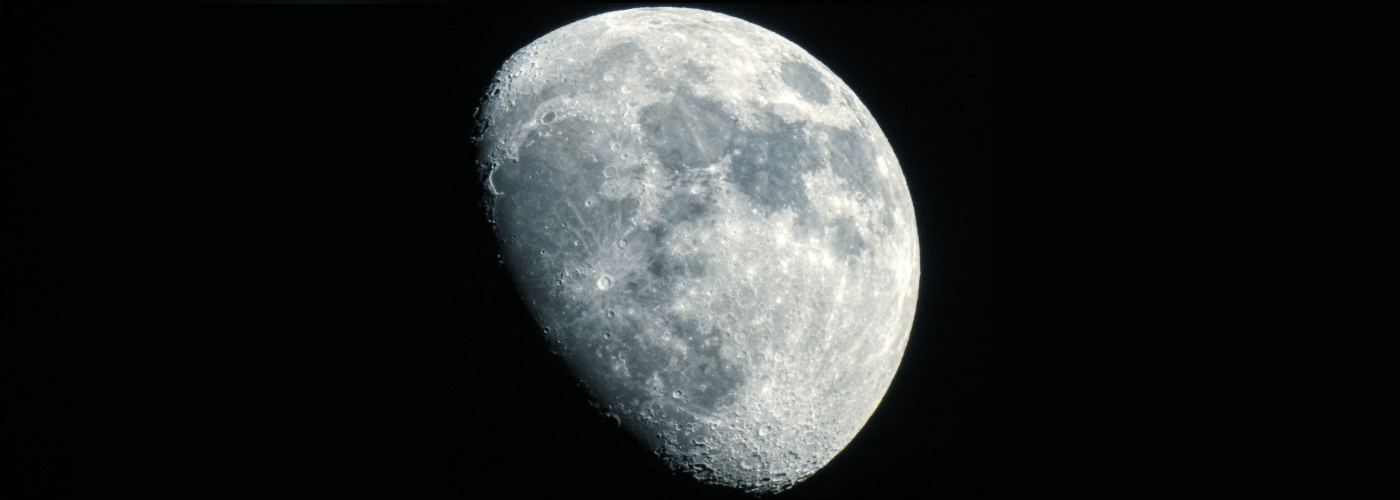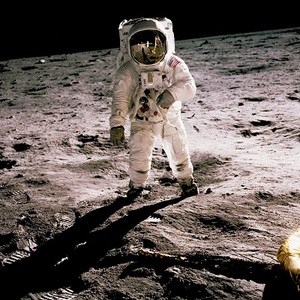

No portion of the night sky is more recognizable than the Moon. Every 29.53 days, the Moon completes one orbit around the Earth. During its trek around the Earth, differing proportions of the Moon reflect sunlight back to viewers on Earth. Just like planet Earth, half of the Moon is always soaking up sunshine, while the other half is in lunar night. Much study has been given to the Moon over the years, and one of the more hotly researched topics concerns how the Moon formed.
Many theories have been put forth on the formation of the Moon over the decades. As with many things that happened billions of years ago, the details can be tough to solidify. The most accepted theory is referred to as “the giant impact theory.” This theory tells us that the Moon formed due to a collision between Earth and a Mars-sized planet. It is theorized that this occurred around 4.5 billion years ago. This collision is said to have been 100 million times more powerful than the collision that caused the extinction of the dinosaurs. After the collision occurred, a mix of debris from both Earth and the smaller planet coalesced to form the rocky body we now know as the Moon.
Because the Moon has no atmosphere, it has no protective layer to shield it from the impacts of comets, asteroids, and meteors. Due to this, the surface of the Moon has acquired some fairly massive craters. When viewing the Moon, some of these surface features can be seen, especially when viewing with a telescope.
One last tidbit about the Moon is that it rotates at the same rate as the Earth does. Because of this geosynchronous rotation, we are always seeing the same side of the Moon!
